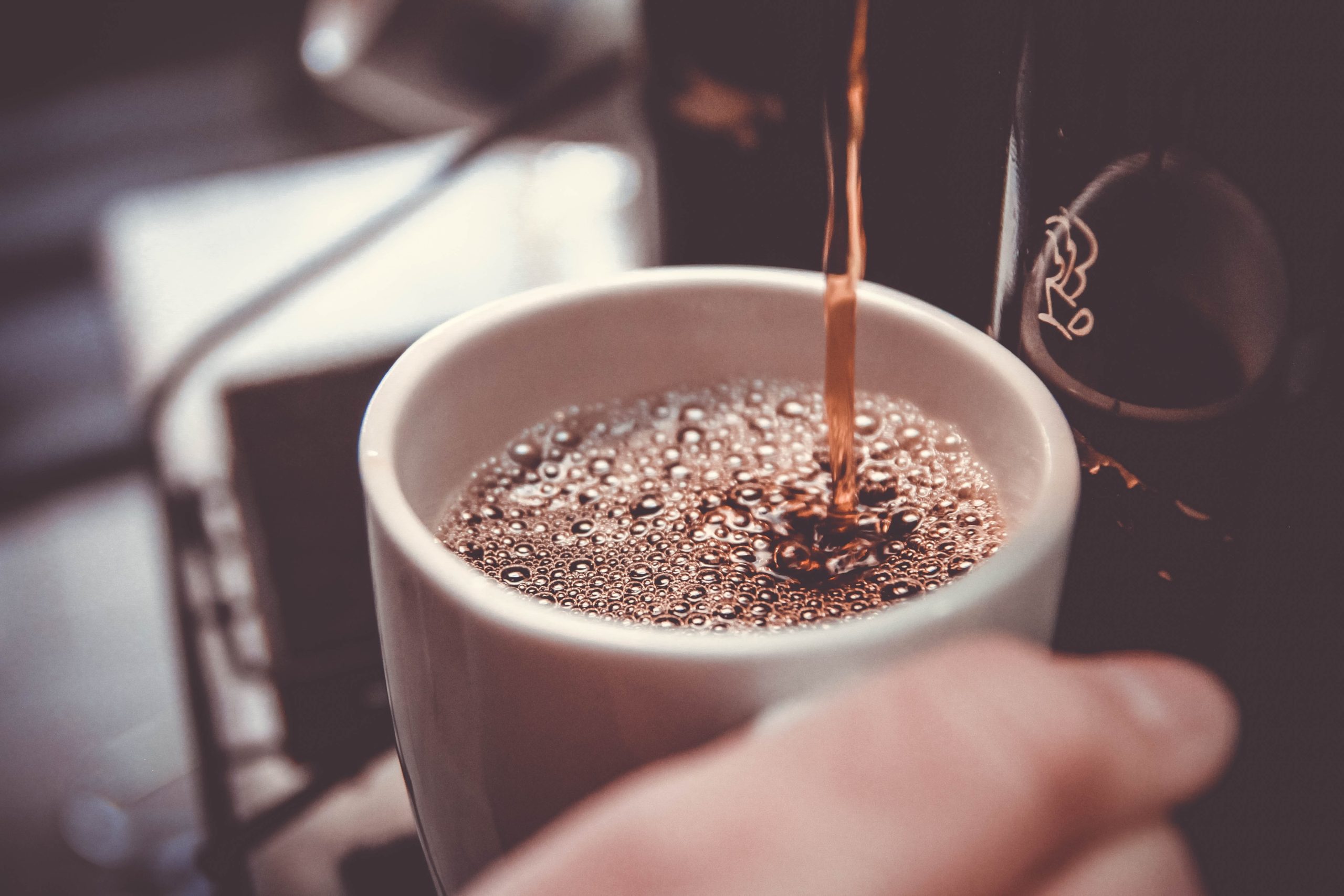
Why Can’t I Make An Excellent Pot of Coffee?
Why Can’t I Make An Excellent Pot of Coffee?
- Adam Smith
- 01-03-2020
- 29-07-2025
- 1374 views
- Coffee Beans, Coffee Shop, Coffee Tips, Featured Articles, How To's, Information

Your Guide to The Perfect Water/Grinds Ratio and Everything Else You Need to Know to Achieve Your Perfect Cup.
We admit it. It’s a challenge to get that perfect pot of coffee. A lot of dedication and science needs to go into finding the right coffee to water ratio – and there are so many other factors that come into play when trying to brew that liquid sunshine.
If you’re anything like me, I am sometimes considered a “coffee snob.” When someone offers me a cup of coffee I often have a heightened sense for watered down, weak coffee- often simply sipping at it until the host leaves the room and I can pour it down the drain.
So how is it done? Not all of us are can handle the rushed taste of a Keurig machine and need that steeped goodness that only comes from a properly brewed pot of coffee.
Here are a few easy tips to getting that excellent pot of coffee:

- Buy a coffee grinder at home and stop buying instant coffee. If you’re expecting the freshest pot of coffee you can, the canned coffee you buy from the grocery store has quite the shelf life. This means that you could be purchasing it months after its been ground. Did you know that instant coffee can last up to 20 years on your shelf? Imagine! Some of us have children older than that.
You can find inexpensive grinders online, such as the Bodum BISTRO Blade Electric Grinder for 20$ on Amazon. You may even find that it’s cheaper to buy coffee in bean form than pre-grinded. If you do prefer to have your coffees ground for you, find a specialty shop that will do it right at purchase so you know you’re getting the freshest batch. - The filter in your coffee machine is also important and often goes uncleaned. If the pieces come apart, then stick them into your dishwasher once a week. If not, you can purchase coffee machine cleaners that will flush out anything that’s been lurking somewhere in your machine and compromising the integrity of the sustainable beans you seek out to buy.
- Don’t go stingy on the amount of coffee you add to your percolator – but don’t go crazy either. As a rule of thumb, a heaping tablespoon per cup of coffee is enough (I always put one more in for “robust”). If you put any less than that, but more water, you’ll end up getting a pot of coffee that tastes like watered down dishwater instead.
- Your water is important as well. Tap water is fine, but if you notice a lot of calcium build up both in your machine and in your pot, you may want to switch to filtered water. Some tap water, especially in old homes, can go through lead pipes or be processed at plants that may not be the cleanest. You can only imagine the things they pull out of their main water filtrations.
- Drink it while it’s still hot and try not to tempt yourself into microwaving your coffee (it will burn it). If you’ve made a pot of coffee and it’s been sitting in the break room for the last 5 hours, honestly, just start a new batch. A pot of coffee only lasts about 15 or 20 minutes before beginning to lose its posterity and richness. If you only truly care about the caffeine and not the freshness of the coffee, then skip this step.
What’s your go-to coffee grind to water ratio? Do you prefer filtered water or tap? Can you tell the difference? Let us know in the comments and be sure to check out the health benefits of coffee on our blog here.






















